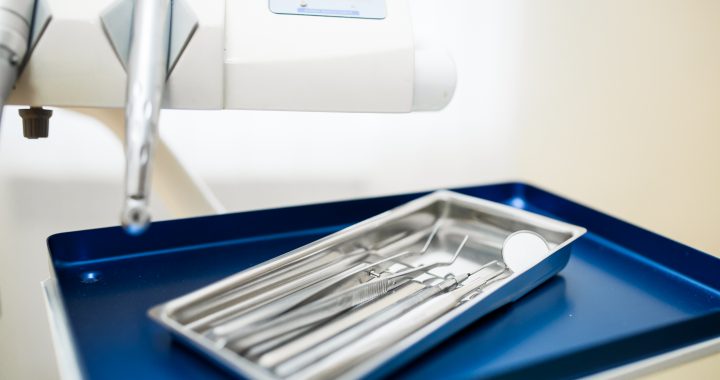Root Canal Treatment
In the past, teeth with diseased nerves have been removed from the mouth. However, through a root canal, most of the diseased tooth can be salvaged. In most cases, the root canal procedure is a simple treatment that involves little to no patient discomfort.

Within the walls of each tooth, a strand of dental pulp – the substance that supplies the tooth with nerves, nutrients, connective tissue and blood vessels – laces downward into the root. If the dental pulp becomes diseased, the pulp dies, cutting off the nutrients and nerve signals which the tooth needs to be healthy. If the diseased pulp is left in the tooth, the tooth will become infected, forcing it to need extraction.
Root canals allow the dentist to remove the pulp, clean the canal and seal the tooth, effectively protecting and saving the tooth. After an opening is created through the crown of the tooth into the dental pulp chamber, the pulp is removed. The canal is cleaned out, and the pulp chamber is permanently filled.
The dentist will proceed by putting in a temporary filling. Afterwards, the temporary filling will be replaced with a permanent filling or a crown, depending on the location of the tooth within the mouth.
Root canal treatment (endodontics) is a dental procedure used to treat infection at the centre of a tooth. Root canal treatment is not painful and can save a tooth that might otherwise have to be removed completely.
Does a root canal hurt? A root canal procedure sounds scary, but with today’s technology, it’s typically not a whole lot more different than having a deep filling. There’s little to no pain because your dentist will use local anesthesia to numb your tooth and gums so you’re comfortable during the procedure. The average root canal treatment is 30 to 60 minutes long. More complex cases may take around 90 minutes.
Root canals are performed when bacteria, introduced through a cavity or crack, compromise the nerves located inside the tooth. The bacteria cause an infection, which eventually kills the nerves. But root canals can be avoided, Teitelbaum says, in cases where the nerves are not yet infected.
A root canal (also known as an endodontic treatment) is a serious procedure, but one that specialists handle every day. Before engaging in any type of dental work, it’s important to know the facts about root canals.
Outlook. A successful root canal can cause mild pain for a few days. This is temporary, and should go away on its own as long as you practice good oral hygiene. You should see your dentist for a follow-up if the pain lasts longer than three days.
Foods like yogurt, eggs, ice cream and milkshakes are good for you after your root canal. Some fruits are quite soft which would make them the best type of foods after root canal. Soft fruits are not only good for teeth but also general health. Fruits such as peaches, bananas, applesauce and mangoes are great options.
When can you eat after a root canal? Until your root canal procedure is finished and the permanent filling or crown is in place, it is wise to minimize chewing on the tooth under repair. You can eat as soon as the numbness wears off. Waiting until it wears off will prevent you from biting your tongue or cheek.
A dental crown after a root canal provides reinforcement to your tooth and restores its health and functionality. Although adding a dental crown is not necessary after every root canal procedure, all root canal procedures need tooth reinforcement. Read more to learn if you require one.
The bottom line is, as in any medical procedure, it has its risks: Sometimes root canal treatment is not successful, and may require further treatment such as endodontic surgery to try and preserve the tooth; the most common of these being an apicoectomy – the removal of the end of the tooth root.
